Optimal Seasonal Timing for Concrete Installations
Spring offers moderate temperatures and lower humidity, making it ideal for concrete curing and minimizing weather-related delays.
While summer provides longer daylight hours, high temperatures can cause rapid drying, leading to cracking unless proper curing methods are applied.
Fall features cooler temperatures and less precipitation, providing favorable conditions for concrete work before winter.
Cold temperatures can hinder curing and lead to freezing issues, making winter generally unsuitable for concrete installations without special measures.

Ways to make Concrete Installations work in tight or awkward layouts.
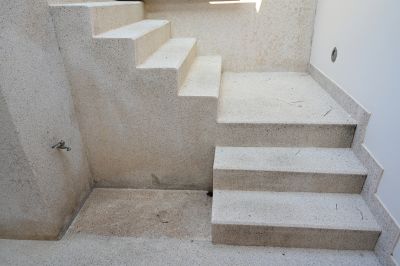
Popular materials for Concrete Installations and why they hold up over time.
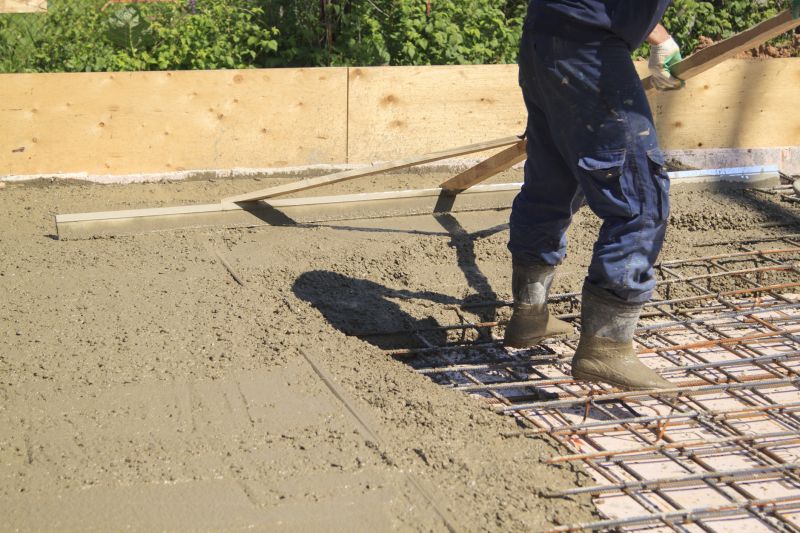
Simple add-ons that improve Concrete Installations without blowing the budget.
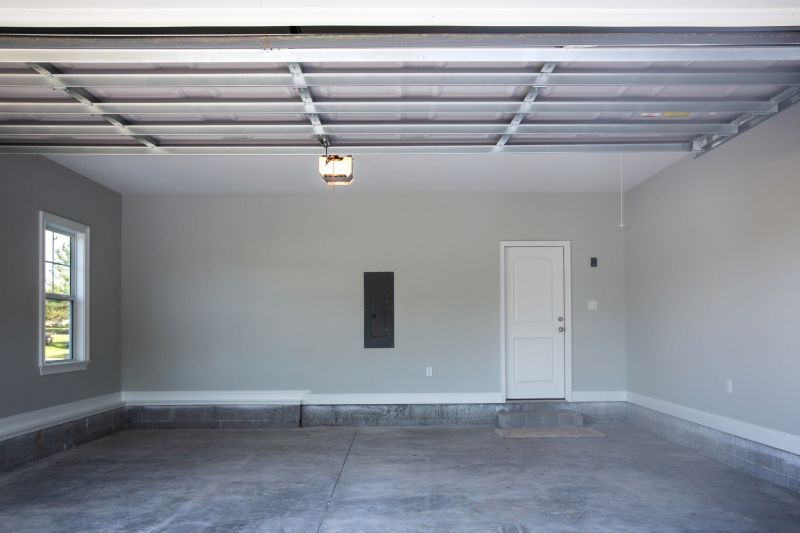
High-end options that actually feel worth it for Concrete Installations.
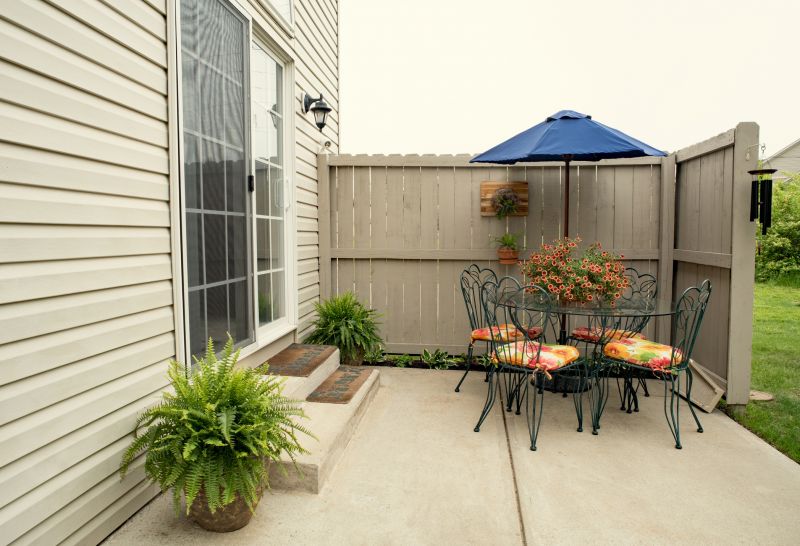
Finishes and colors that play nicely with Concrete Installations.

Little measurements that prevent headaches on Concrete Installations day.
| Season | Ideal Conditions |
|---|---|
| Spring | Moderate temperatures and low humidity |
| Summer | Long daylight hours but risk of high heat |
| Fall | Cooler temperatures and less rain |
| Winter | Cold temperatures and potential freezing |
Concrete installations require careful planning to ensure proper curing and strength development. Weather conditions significantly influence the process, with optimal results achieved during periods of stable, mild weather. Proper scheduling can prevent issues such as cracking, uneven setting, and delayed curing times.

A 60-second routine that keeps Concrete Installations looking new.
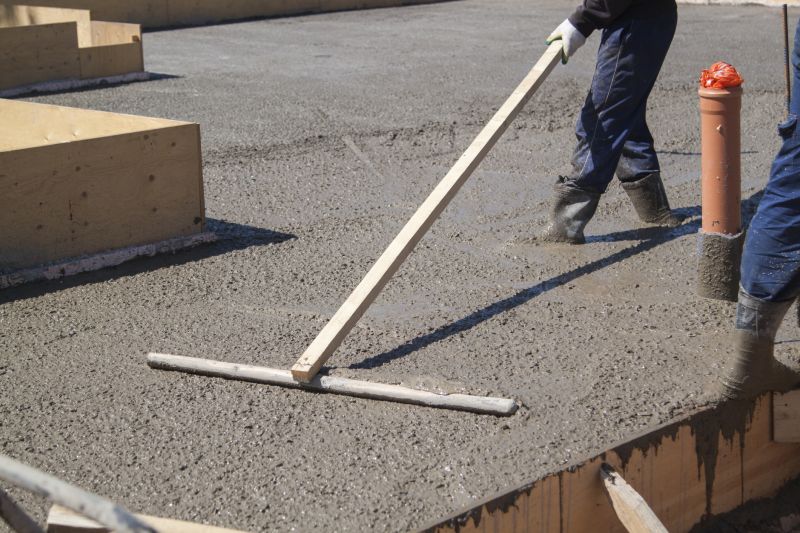
A frequent mistake in Concrete Installations and how to dodge it.

Small tweaks to make Concrete Installations safer and easier to use.
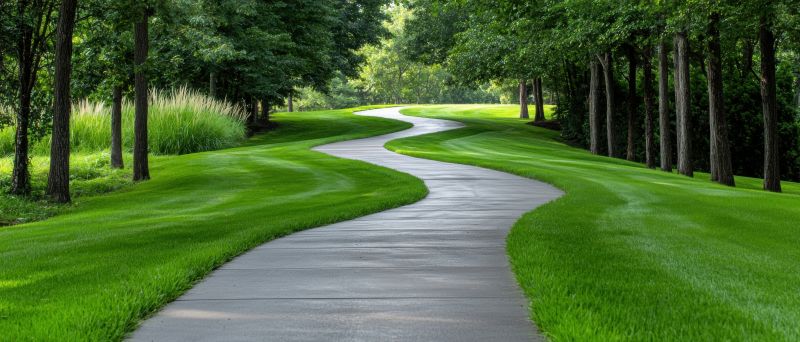
Lower-waste or water-saving choices for Concrete Installations.

The short, realistic tool list for quality Concrete Installations.
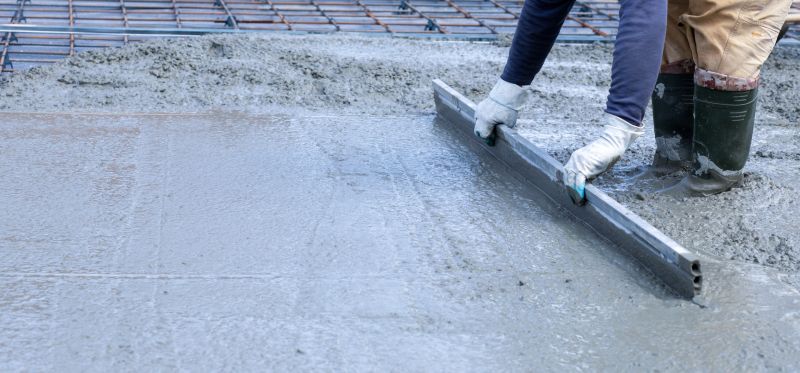
Rough timing from prep to clean-up for Concrete Installations.
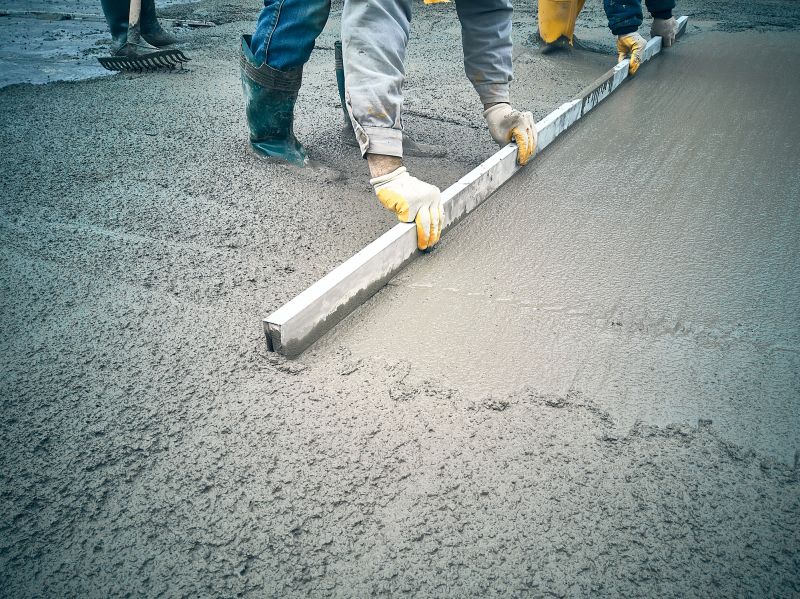
Quick checks and paperwork to keep after Concrete Installations.

Examples that show the impact a good Concrete Installations can make.
Choosing the right time for concrete installation can lead to better durability and appearance. It is recommended to avoid extreme weather conditions and plan projects during seasons with predictable, moderate weather patterns. Consulting with professionals can help determine the best timing based on local climate conditions.
Scheduling concrete work during favorable weather reduces risks and improves results.
Adequate curing during suitable weather conditions ensures maximum strength and longevity.
Mcallen's warm climate favors spring and fall installations, avoiding the extreme heat of summer and cold of winter.
